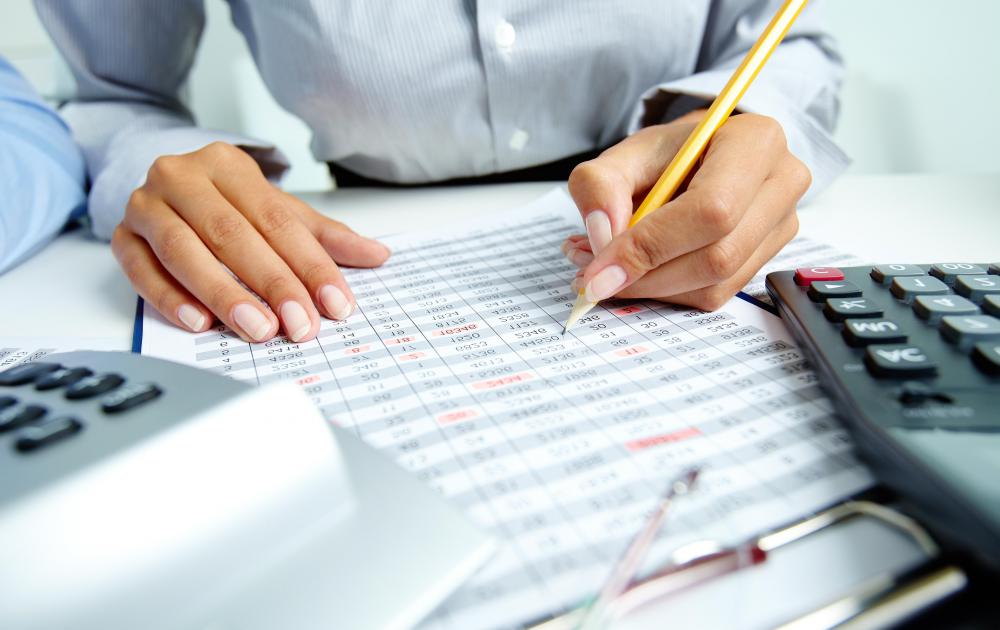At WiseGEEK, we're committed to delivering accurate, trustworthy information. Our expert-authored content is rigorously fact-checked and sourced from credible authorities. Discover how we uphold the highest standards in providing you with reliable knowledge.
What is a Fixed Asset?
A fixed asset is a physical item like a building, land or vehicle. There are certain rules surrounding the accounting treatment of a fixed asset. Depreciation, book value and taxation treatment are all defined in the generally accepted accounting practices, or GAAP, for each country.
In order to account for the assets, a general ledger account is usually created for each type of fixed asset. All the assets are grouped together for the purposes of depreciation and taxation. These fixed asset accounts appear on the balance sheet, increasing the value of the company.

The value of a fixed asset listed in the financial statement is a reflection of two values: purchase price and depreciation. In the case of installed equipment, the costs incurred to deliver and install the asset are included in the valuation of the item. Depreciation is a financial representation of the lost value of equipment that occurs over time.
The values reflected on the financial statement should be based on the funds that can be reasonably expected to be obtained should the company cease to exist. A good example of depreciation is a motor vehicle. A brand new car may be valued at $1,000 US Dollars (USD) with 0 miles. After one year of use, it is worth $750 USD.
There are many different methods of depreciation that are acceptable under the GAAP. Two commonly used methods are straight line and declining balance. Depreciation is used together with fixed asset accounts to ensure that the financial statements are not overstated.
In straight line depreciation, the purchase price is divided by the useful life or term of the item. Each year, this value is calculated and entered into the depreciation column and deducted from the value of the item. At the end of the useful life of the item, it has a book value of 0.
Using declining balance depreciation, the purchase price of the asset is multiplied by a standard depreciation rate. The standard rate used in often double the straight line depreciation rate. For this reason, the declining balance is often called the double declining depreciation method.
AS FEATURED ON:
AS FEATURED ON:











Discuss this Article
Post your comments